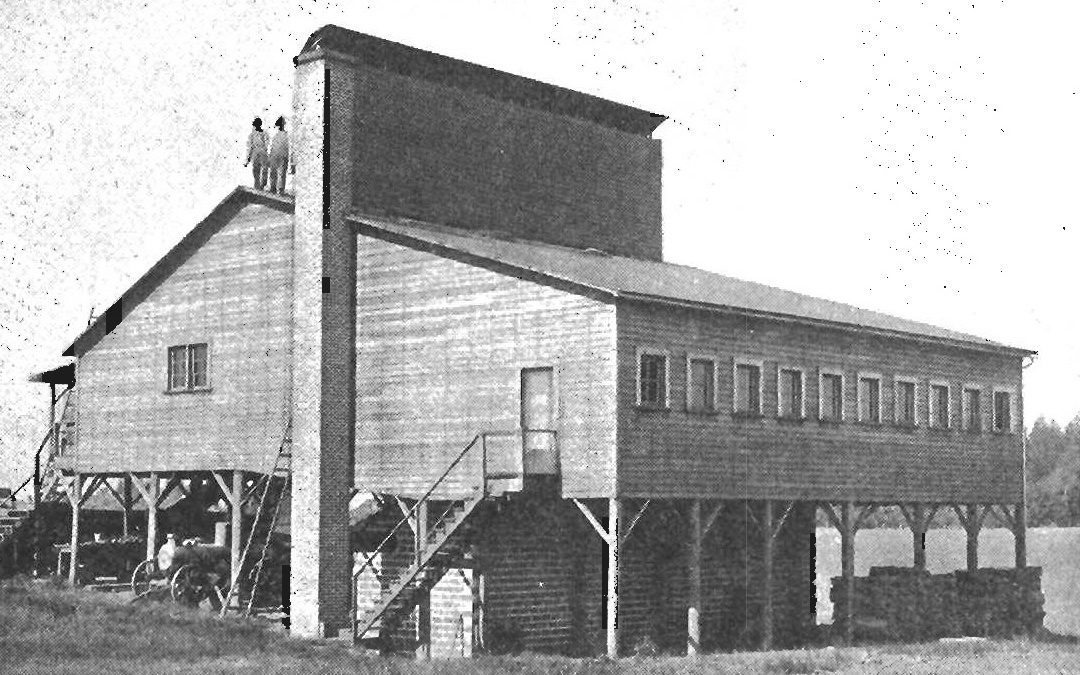At the turn of the twentieth-century, in Douglas County, Oregon, prunes were a big part of their local economy. Drying prunes took time and resources, but in the late 1930's, rural electrification spurred the way for shorter drying times and less wood-burning resources.
Prune plums were a major crop in the Umpqua River Valley back then. The fresh fruit had to be dried, usually by burning wood in a brick furnace under the shed floor.
Electric drying saved time and money that could be spent on other things, and that motivated local prune-plum farmers. They were among the members of the Camas Valley Grange who paid a visit to the Tenmile Grange one night in 1937. Many meetings later, the farmers incorporated West Douglas Electric Cooperative and applied for a loan from the federal Rural Electrification Administration (REA).
On September 7, 1939, in the early morning, successful tests indicated the electric lines worked, and shortly afterwards, about a dozen prune dryers (for the first time) were operated by commercial electrical power.
The prune industry has since vanished from the area, but it is interesting that prune farmers were the driving force in starting their local electric cooperative.

